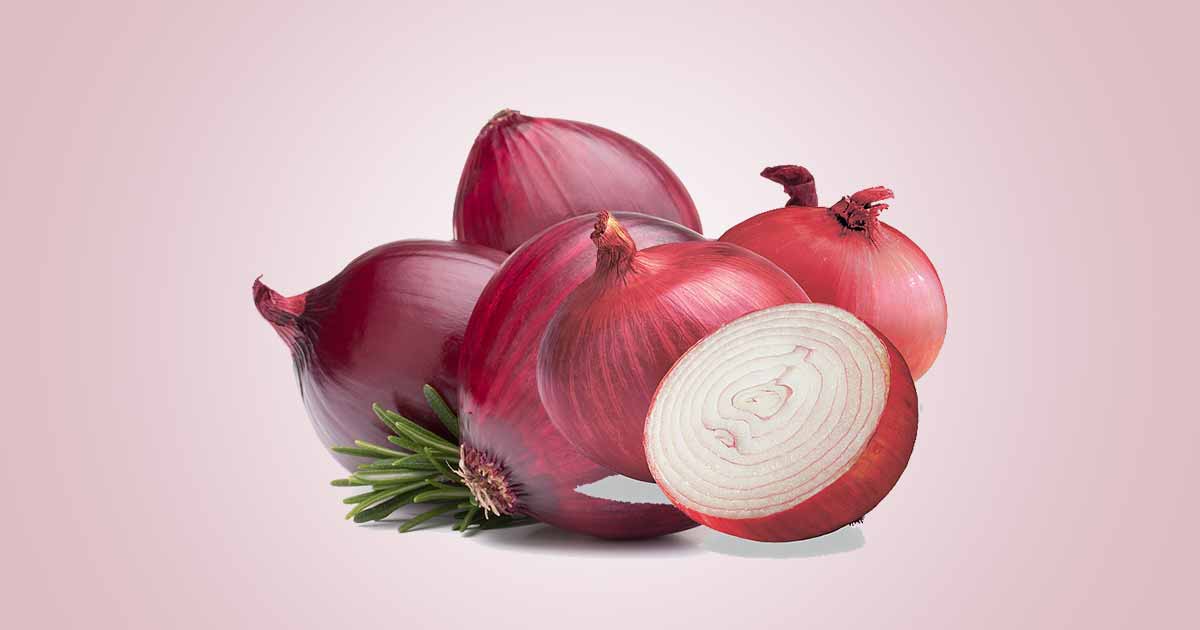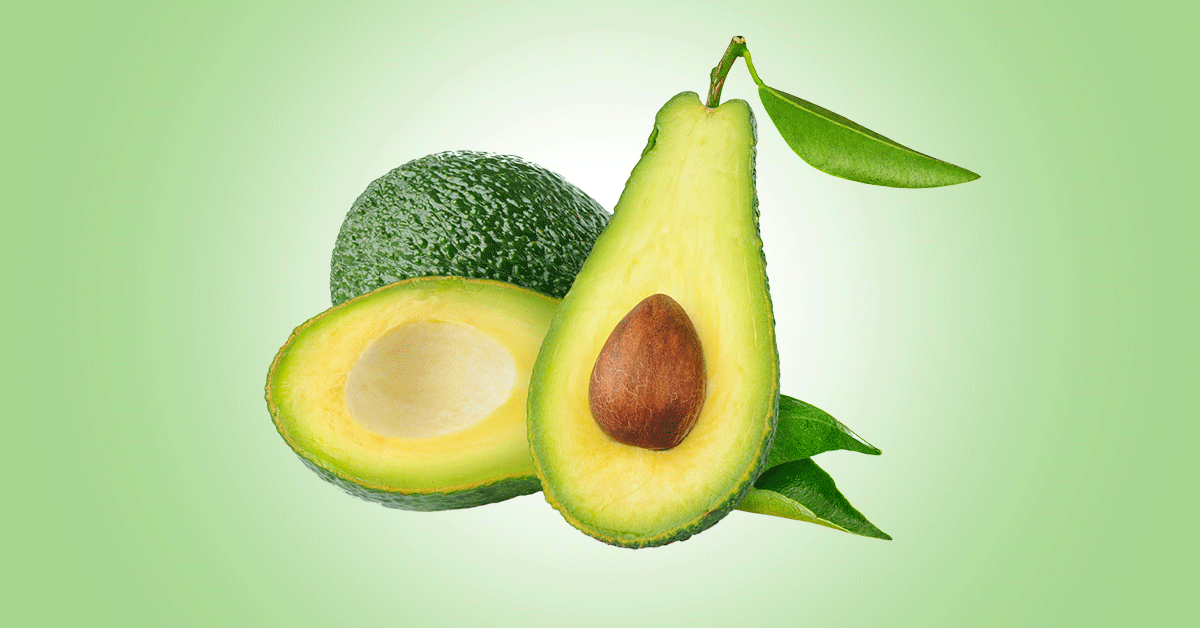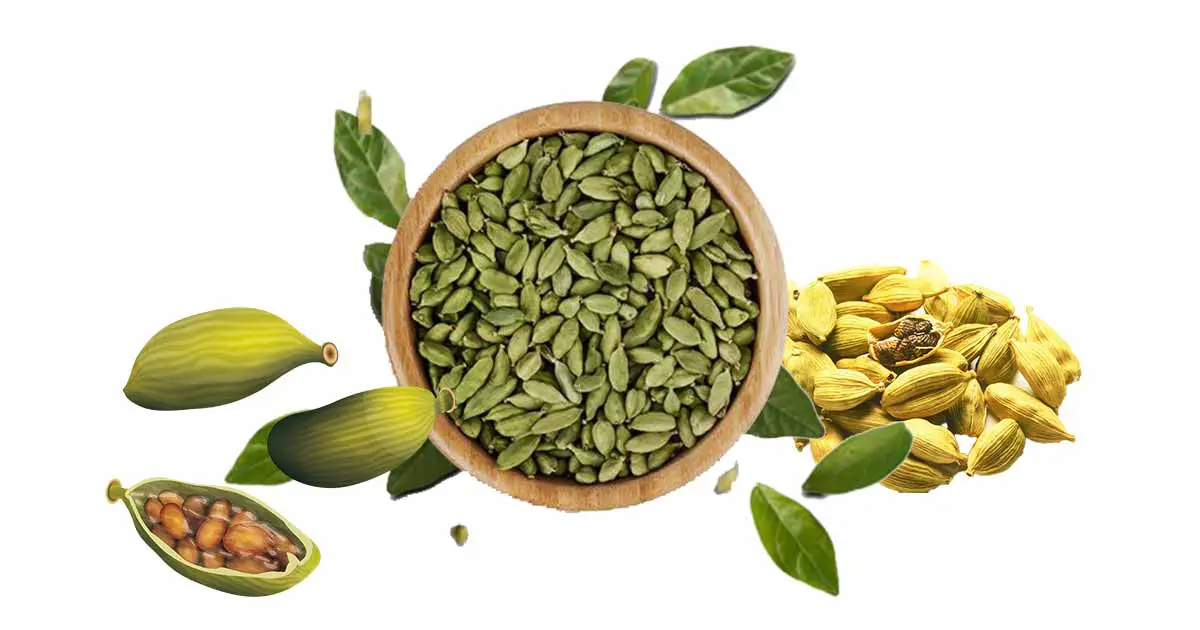Onion (Allium cepa L.), also called common onion or bulb onion, is a biennial or perennial is a vegetable belonging to the Allium genus, and Liliaceae family. The Allium genus also contains leeks (Allium ampeloprasum), scallions (Allium fistulosum), shallots (Allium cepa var. aggregatum), and garlic (Allium sativum).
The Latin word, cepa means “onion”. Onion may have originated from West or Central Asia or Iran, western Pakistan and Central Asia. Other local names include Kitunguu (Swahili), Gitunguru (Kikuyu) Kitunguru (Maragoli).
Based on the colors, Allium cepa cultivars could be red or purple, yellow, white onions, shallots, and spring onions or scallions, and all have different flavors and pungency. The onion varieties include White Creole, Red Creole, Bombay Red, Red Tropicana, Green bunching, Yellow Granex, and Texas early Grano.
Allium cepa plant can grow up to 50 cm height. The stem of the plant is a flattened disc with tubular leaves that form a pseudo stem where their sheaths overlap. Each plant has 3 to 8 erect or oblique leaves. The pink or white flowers cluster are seen on its stalks. The bulbs are formed just above the flattened stem of the plant by overlapping leaves.
The bulb has layers, with each layer corresponding to a leaf. It is usually oval, but may have different shapes, and they appear in clusters of 3-18 per plant. It is shielded by a membrane that changes into a paper coat.
Compounds in Allium cepa have anticancer, antimicrobial, anti-inflammatory, antiplatelet, antioxidant, anti-diabetic, hypocholesterolemic, anti-asthmatic, anti-allergic, and cardioprotective activities.
It has been used in traditional medicine to treat headache, fever, toothache, cough, sore throat, flu, baldness, epilepsy, rash, jaundice, constipation, flatulence, intestinal worms, rheumatism, body pain and muscle cramps, low sexual power, high blood pressure, and diabetes
Fresh or fried rings, flakes, and powdered onions are the forms sold in the market. Onion is regarded as the “Queen of the kitchen”. It is used in seasoning and cooking, for sauces, as a spice, condiment, salad, combined with other vegetables, thickening agent for curries and gravies, pastes, ingredient in pickles with vinegar.
Constituent
Onion contains organosulfur compounds, flavonols, ascorbic acids, and carbohydrate prebiotics. Diallyl monosulfide (DMS), diallyl disulfide (DDS), diallyl trisulfide, and diallyl tetrasulfide are the major organosulfur compounds. Others are alliin, asallicin, and thiopropanal S-oxide. These compounds give onions the characteristic flavor (pungency).
Quercetin, kaempferol, myricetin, anthocyanin (cyanidin, peonidin, pelargonidin,delphinidin, and petunidin), ascorbic acid, and luteolin, are the main flavonoids. Others include isorhamnetin, gallic acid, rhamnazin, dalbergin, xanthomicrol, petunidin 3-galactose.
The onion peel has more of the flavonoids than the bulb. This is due to oxidation of quercetin flavonol into 3,4- hydroxybenzoic acid and 2,4,6- trihydroxyphenylglycosilic acid. It is in the onion peel and protect the bulb from soil microbes.
- Phenolic compounds include protocatechuic, vanillic acids, ferulic acid, p-coumaric, cyaniding, peonidin, pelargonidin, isoeugenol, hydroxytyrosol, sylvopinol, p-octopamine, 4-methylcatechol.
- Organic acids: Folic acid, ferulic acid, pyruvic acid, pivmecillinam, triethylcitrate, valaciclovir acid, ureidoisobutyricacis.
- Alkaloids: Fructooligosaccharides, ergoloid, galantamine, harman, morphine-6-Glucuronide, 3-Hydroxyquinine.
- Saponins: Tropeosides A1, A2, B1, B2, Ceposide A, B, C. and Ascalonicoside A.
Nutritional Composition
A 100g of raw onion contains 89.1 g of water, 40 kcal of energy, 1.1 g of proteins, 0.1 g of fats, 0.35 g of ash, 9.34 g of carbohydrates, 1.7 g of dietary fibers, 4.24 g of total sugars (glucose, fructose, sucrose)
Minerals: High quantities of potassium (146 mg), phosphorus (29 mg), calcium (23 mg), and small amounts of sodium, magnesium, zinc, copper, manganese, selenium, and fluoride.
Vitamins: Vitamin C, K, E, B-6, thiamine, niacin, riboflavin, folate, pantothenic acid, choline, betaine, beta-carotene, lutein + zeaxanthin.
Health Benefits of Onion Bulb and Peel
Antioxidants: Onion peel has more flavonoids than the bulb. Flavonoids such as quercetin, kaempferol, the sulfur-containing amino acids, and selenium are powerful antioxidant compounds. They enhance the activities of many antioxidant enzymes, such as superoxide, catalase, and dismutase.
Antioxidants prevent low-density lipid protein (LDLP) oxidation, and scavenge free radicals that cause cardiovascular diseases, cancers. It is also utilized in functional food and preservation of food.
Antimicrobial activity: Organosulfur compounds inhibit Salmonella enteritidis, Staphylococcus aureus. Syringaresinol, 4-O-methylquercetin, and phloroglucinol-3,4-dihydroxybenzoate inhibit H. pylori (Ramos et al., 2006). Quercetin inhibit Helicobacter pylori, and Staphylococcus aureus.
Flavonoids, polyphenols, and phenols inhibit Bacillus cereus, Staphylococcus aureus, Pseudomonas aeruginosa, E. coli, Salmonella enteritidis, Listeria monocytogenes, Klebsiella pnuemoniae, and S. typhimurium.
As an antifungal agent, the flavonoid such as quercetin inhibit Penicillium sp., Trichophyton rubrum, Aspergillus niger, Cladosporium sp., M. gypseum, C. albicans, Drechslera sp., Alternaria sp., and E. floccosum. The organosulfur compounds such as Diallyl sulfide, DADS, and DATS inhibit Fusarium oxysporum and Colletotrichum sp.
Additionally, quercetin and kaempferol inhibit rabies virus, poliovirus, megno virus, herpes simplex type I virus, sindbis virus, parainfluenza type 3 virus, pseudorabies. The polyphenols and flavonoids inhibit adenoviruses (ADV41 and ADV3).
Anti-diabetic action: Flavonoids in Allium cepa induce higher insulin production and control pancreatic cells by reducing lipid peroxidation, blood glucose, serum lipids, and oxidative stress.
Onion juice reduced fasting blood glucose level by 50% in diabetic rats, and inhibit the activity of α-amylase and α-glucosidase in the blood (Ojieh et al., 2015).
Hypolipidemic/anti-obesity effect: Allium cepa lowered lipid level, total cholesterol in alloxan-induced diabetic rats (Kumari and Augusti (2007). It also lowered the serum triglycerides, thromboxanes, and LDL-cholesterol. Quercetin also reduces body mass index (BMI). Hence, Allium cepa could lower the risk of cardiovascular diseases (CVDs).
Allium cepa extract inhibited the formation of subcutaneous adipose tissue due to the accumulation of fats. It also prevented lipid accumulation.
Prevents inflammation: Onion saponins inhibit inflammation against chronic skin inflammation, and induced ear edema. Capaene and thiosulfinate compounds inhibit the production of arachidonic acid (AA), a proinflammatory enzyme that cause inflammatory conditions.
Capaene inhibited the activity of LOX and COX enzymes with platelet aggregation (Ali et al., 2000). Flavonoids such as quercetin and kaempferol also inhibit inflammation.
Anticancer effect: Onion consumption decrease the risk of colorectal, skin, lung, and prostate cancers. Quercetin inhibits ovarian, breast, and colon cancer cells.
Dipropyl disulfide, dipropyl sulfide, S-allyl cysteine (SAC), S-methylcysteine (SMC), and N-acetylcysteine inhibit oesophagus, stomach, lung, mammary gland, kidney, liver, and colon cancers.
Phenolic compounds such as quercetin, luteolin inhibit lung cancer, ovarian cancer, prostate, breast, leukemia, pancreatic, and bladder cancers.
Also, organoselenium compounds in A. Cepa such as selenite, selenocysteine, and selenomethionine inhibit cancer cells.
Anti-ulcer effect: Allium cepa promotes the healing of ulcer. The extract increases cytoprotective mucus in the gastric lining. It inhibits gastric injury triggered by indomethacin in rats. Antioxidant compounds, such as quercetin, may be responsible for such effect.
Wound healing: Prostaglandins, β-sitosterol, kaempferol, myritical acid, and ferulic acid in the A. cepa bulb caused granulation growth, and restored the normal architecture of the reticulin and collagen.
Onion extract is used to treat earache, burn wounds, hypertrophic scars and keloids. Together with heparin, and allantoin spray, it is used in removing tattoos.
Hepatoprotective activity: Quercetin may protect mouse liver from injury due to overloaded iron in hepatic cells (Zhang et al., 2006). Anthocyanins, and other flavonoids also protect the liver cells from damage and inflammation.
Antiplatelet effect: Quercetin shows antiplatelet effect by upregulation of cAMP levels and the reduction of TXA2, Ca2+, cyclooxygenase-1 (COX-1), as well as synthase activities of TXA2.
The sulphinyldisulphide are mainly responsible for the antithrombotic activity, while flavonoid compounds such as β-chlorogenine, myricetin, and quercetin suppress the aggregation of platelets.
Antihypertensive property: Quercetin has antihypertensive and vaso-relaxant properties. It prevents cardiovascular disease (CVD), and also reduce systolic blood pressure.
Prevents osteoporosis: Onions consumption prevent the risk of hip fracture, and has a beneficial effect on the bone density (5% increase) in perimenopausal and postmenopausal women. The Allium cepa juice prevented bone loss and BMD by enhancing antioxidant activities, and inhibiting the osteoclastogenesis and its differentiation.
Insecticidal effect: The oils and constituents of onion and garlic, such as diallyl disulfide, DATS, diallyl sulfide, eugenol, and β-caryophyllene repel Llycoriella ingenua, Diaphorina citri, and Japanese termite (Reticulitermes speratus Kolbe)
Drug Interactions
- Onions may increase the effect of aspirin
- It may potentiate the effect of antidiabetic medications.
- Onions may increase the level of lithium in the body and the side effects.
- It may increase the side effects of cytochrome P450 2E1 (CYP2E1) in the liver.
Side Effects
Onions irritate the eyes as it produce a sulfur metabolite called lachrymatory factor (LF). This LF acts as a chemical defense mechanism against microbes. It is a volatile compound and is released when onion tissue is disrupted.
Diallyl disulfide and lipid transfer protein in onion may cause allergy symptoms such as runny nose, red eyes, asthma, nasal congestion, itchy eyes and nose, and contact dermatitis.
Onions may aggravate the heartburn, irritable bowel syndrome (IBS). It could also cause bad breath, though it is temporary.
References
- https://fdc.nal.usda.gov/fdc-app.html#/food-details/170000/nutrients
- https://byjus.com/neet/onion-family/
- https://plantvillage.psu.edu/topics/onion/infos
- https://www.slideshare.net/ssusera9ba27/food-as-medicineonions-allium-cepa
- https://pubmed.ncbi.nlm.nih.gov/19240657/
- https://journalissues.org/wp-content/uploads/2015/10/Alqasoumi.pdf
- https://www.researchgate.net/publication/358022700_Onion_Allium_cepa_L_bioactives_Chemistry_pharmacotherapeutic_functions_and_industrial_applications
- https://www.ncbi.nlm.nih.gov/pmc/articles/PMC7894628/
- https://fischerinstitute.com/benefits-and-side-effects-of-onions/
- https://www.researchgate.net/publication/357901239_Allium_cepa_A_Treasure_of_Bioactive_Phytochemicals_with_Prospective_Health_Benefits












